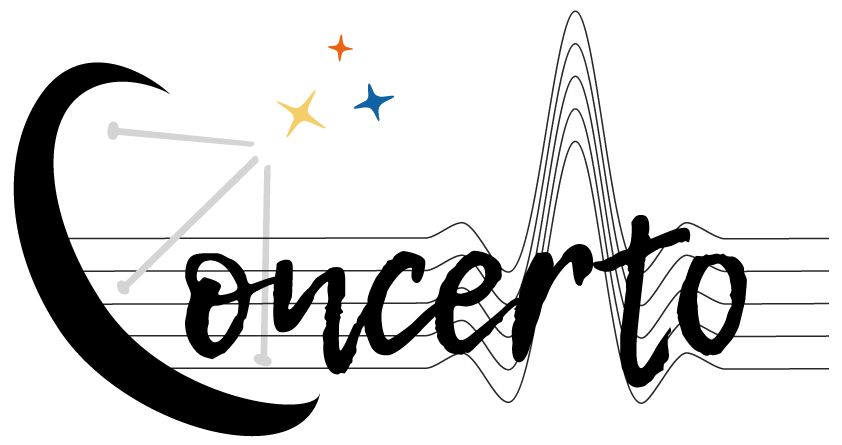Galaxy clusters
Galaxy clusters using the Sunyaev-Zel’dovich effect
Clusters are mainly made up of dark matter (85%), while most of the baryons are present as a diffuse gas, the Intra-Cluster Medium (ICM), which is hot (106– 108 K) and completely ionized. Due to its physical state, the ICM is responsible of a secondary anisotropy of the Cosmic Microwave Background (CMB), which is the Sunyaev-Zel’dovich (SZ) effect (Sunyaev & Zeldovich 1972). SZ effect provides a way to probe the ICM gas bound in clusters without suffering from cosmological dimming. Its observation is therefore independent of redshift as long as the angular resolution of the observations is sufficient to resolve the clusters.
One can distinguish between thermal SZ effect for which the cosmic microwave background (CMB) photons are spectrally distorted by the electronic thermal pressure of the ICM, and kinetic SZ effect (kSZ) arising from the CMB doppler shift induced by the bulk motion of the cluster electrons (see the figure). While the tSZ is related to the integrated pressure along the line-of-sight and can be used as a mass proxy in cosmological studies, the kSZ is sensitive to the integrated line-of-sight electron density and the gas velocity with respect to the CMB reference frame. The kSZ signal can be an invaluable probe of the large scale bulk flows determined from galaxy cluster peculiar velocities. Measurement of the gas velocity distribution in galaxy clusters also provides insight into the physics of mergers. For the tSZ, mapping the relativistic corrections allows to determine the galaxy cluster temperature profile via the tSZ effect only, and thus independently of X-ray observations.

The kSZ signal is subdominant to the tSZ unless the gas velocity reaches a few tenths of a percent of the speed of light. In addition, the spectral dependence of the kSZ is the same as that of the CMB. Direct observation of the kSZ signal within clusters is therefore particularly challenging.
Thanks to its spectroscopic capabilities, CONCERTO can, given sufficient observation time, disentangle the thermal and kinetic Sunyaev–Zel’dovich effects, including relativistic corrections, and separate the SZ signals from other astrophysical components such as the cosmic infrared background and Galactic dust. The component separation will be the limiting factor for current and planned galaxy cluster surveys. CONCERTO field-of-view is very well adapted for medium and high redshift clusters for which we expect typical angular sizes of <20 arcmin.
